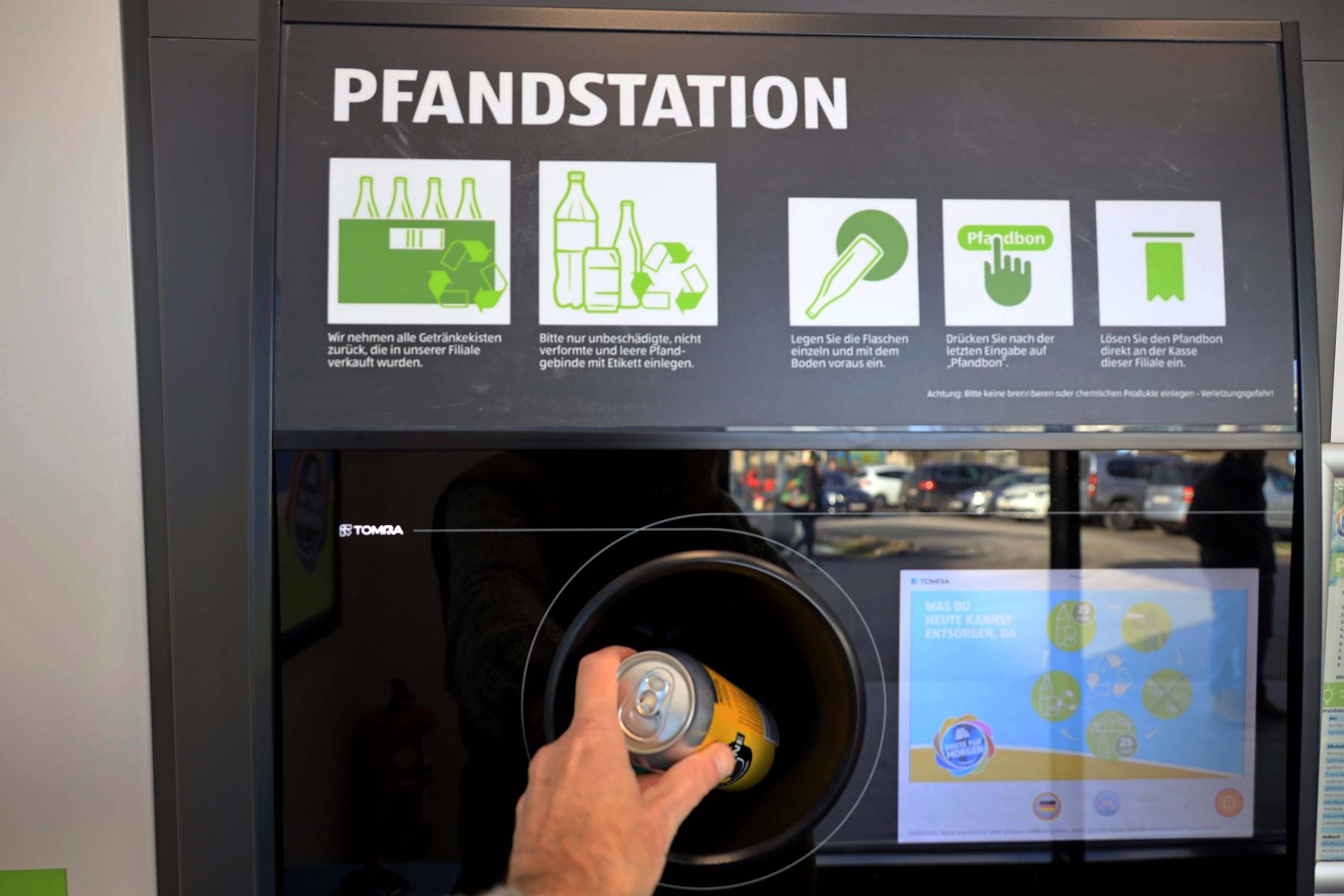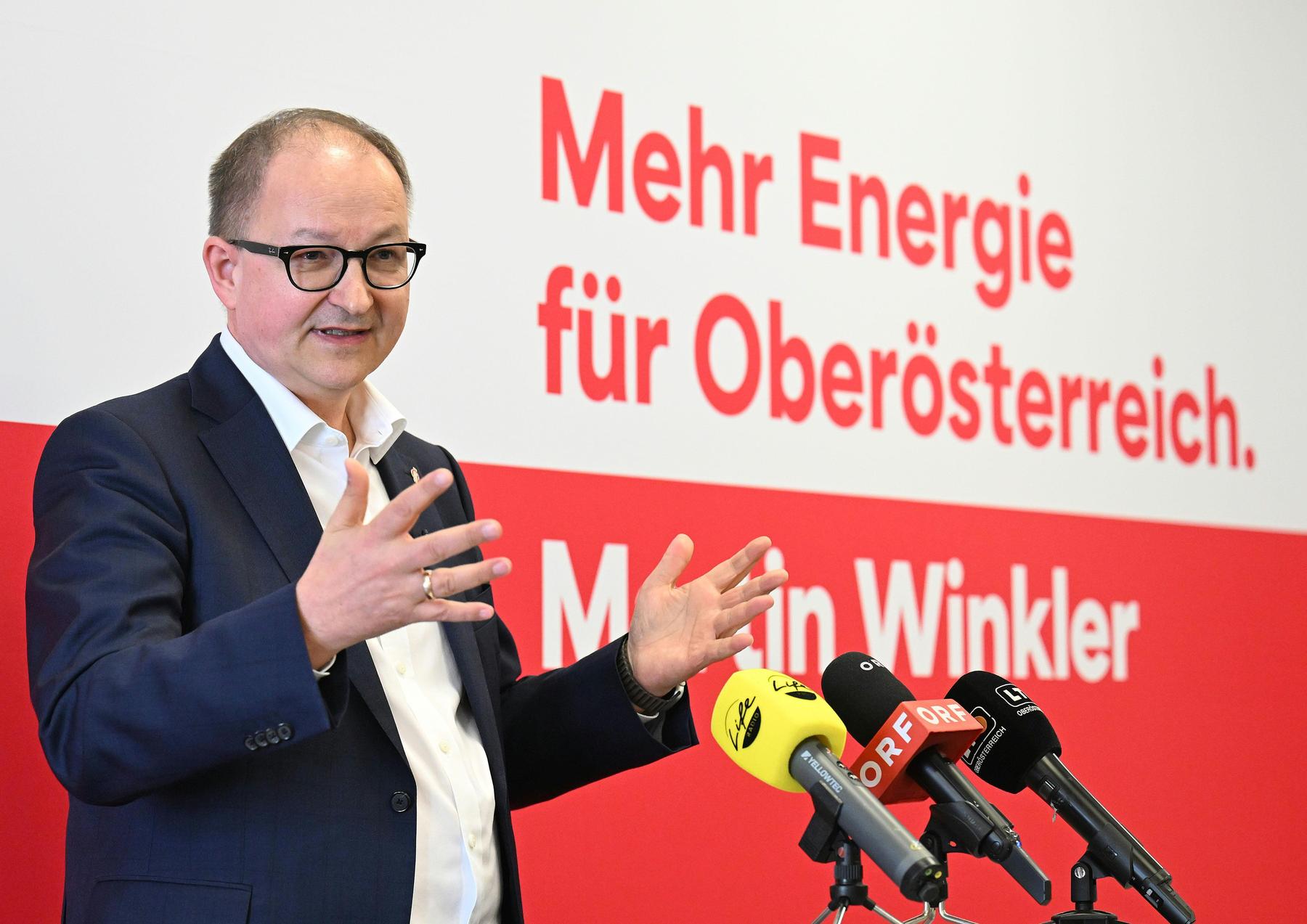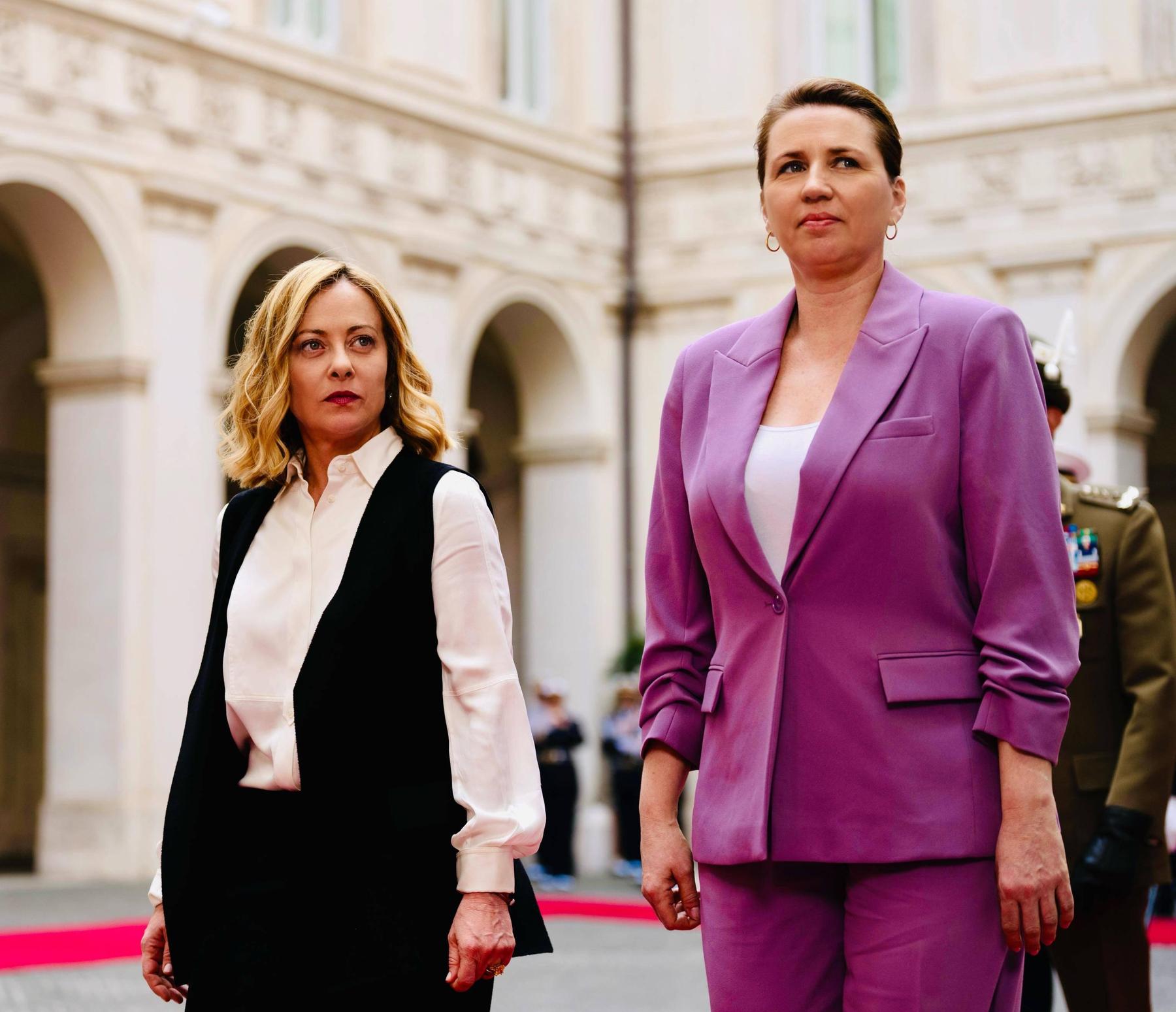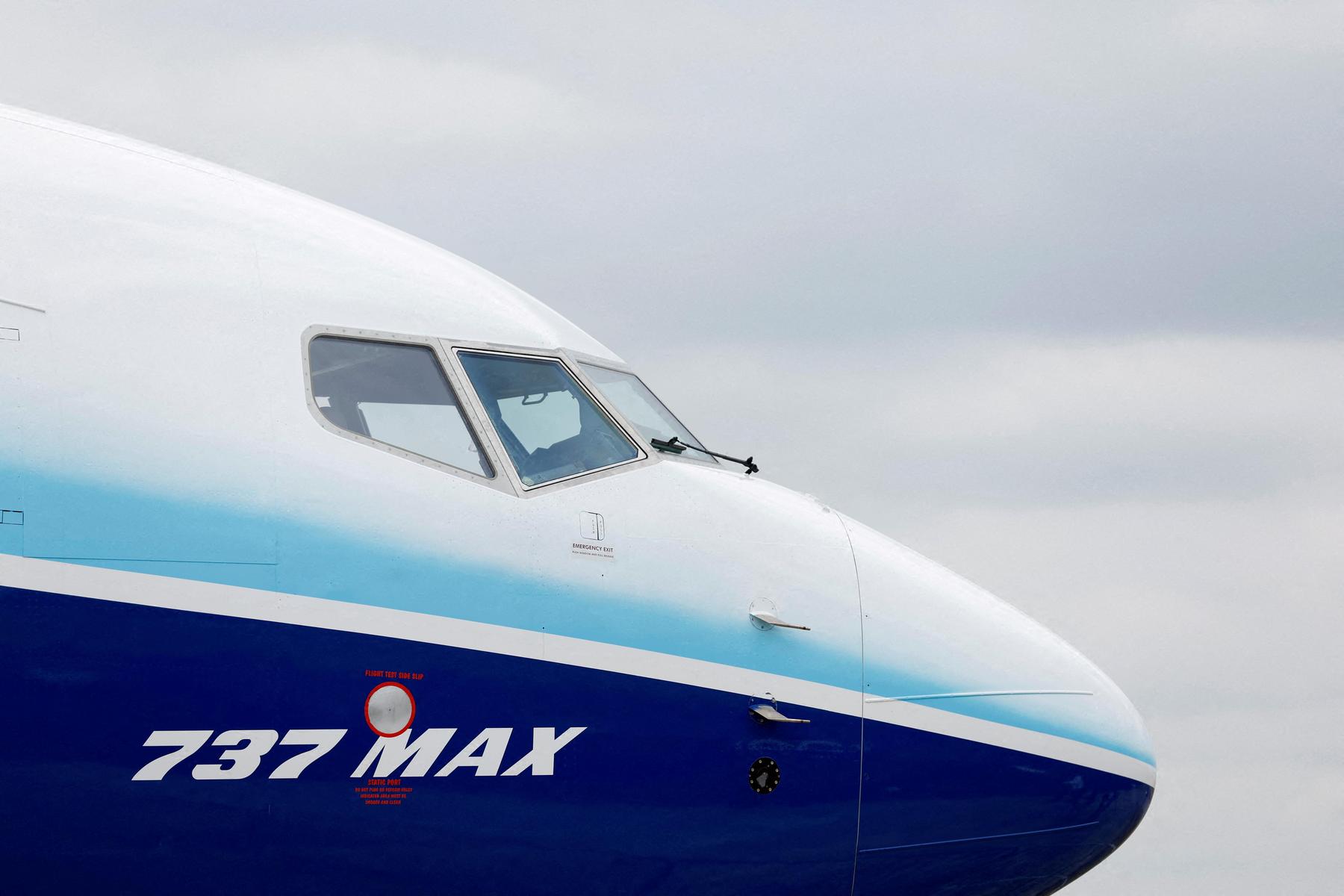Austria is a model student for EU recycling destinations-Diepresse.com

Altstoff Recycling Austria already exceeds the EU-wide requirements for 2030. There are still problems with businesses. You have to doubt some recycled rates in European countries.
The EU gave the member states to the recycling of packaging and waste paper ambitious requirements. The old -fashioned recycling Austria (ARA) exceeded the previous goals and will also achieve the stricter guidelines that are valid this year, the ARA announced in a background discussion in front of journalists. Other member states were noticed with unbelievable information at the European Court of Auditors. The ARA still sees potential to increase the domestic recycling quotas.
The Austrian households collected around 1.02 million tons of packaging and waste paper and thus a little more than in the previous year. While there were slight declines on glass and paper, more was collected in light and metal packaging. Austria has previously proven to be a model student in the recycling rates and is also with regard to the EU packaging regulation (Packaging and Packaging Waste Regulation – PPWR): With paper, the specification has so far been 60 percent, for this year it will be up to 75 percent – and Austria comes up to 80 percent. In plastic, Austria was a quota of 30 percent above the EU specification of 22.5 percent from 2020. In the area of ARA, amounts of license were 38 percent. And at the ARA you are optimistic to create the quota of 50 percent for this year. With 83 percent of iron metals, aluminum and glass, Austria is already significantly higher than the EU requirements for 2030. In the case of packaging and settlement waste, you are only slightly below the recycling destinations for 2030.
The pledge system for PET bottles and beverage cans, which is introduced this year, press the license revenue on the one hand, and on the other hand there are also raw materials. The ARA has therefore raised the fees – however, compared to other providers, moderately, as ARA noted by the board spokesman Harald Hauke.
Problems with commercial operations
While the household collection of packaging and waste paper works well, there is still potential at the commercial collection, ARA boarded board member Thomas Eck noted. Since the beginning of 2023, commercial enterprises have been obliged to collect their packaging waste separately and to hand over varieties to collective and exploitation systems. But the transport cost grant that is granted is obviously not an appropriate incentive. According to ARA, only around a third of the 100,000 tons of plastic packaging of the trade is handed over separately, the rest ends up in the unsorted commercial waste and is thermally used. « Here the provisions have to be revised, » says Eck. Many commercial operations did not have the place to store the packaging separately, the ARA noted.
At the moment, the recycled quotas reported by the member states are insufficiently checked for plausibility, the ARA referred to a corresponding criticism of the European Court of Auditors. In a country with a recycling rate of 37 percent and a plastic recycling rate of 32 percent, the Court of Auditors noted. Here fictional waste could have been reported as recycled.
EU must check recycling rates
« The economy has massively invested in this country in recent years to meet the legal requirements and to achieve the 50 percent recycling rate in the plastic range from 2025, » said Hauke. However, this should not be a competitive disadvantage. « That is why we demand that the registered recycled rates are checked by the EU. »
From 2030, the minimum insert of recyclates of 10 to 35 percent is required in plastic packaging. By 2040, these values increase to 25 to 65 percent. The ARA is preparing for these new provisions with a new sorting system and a polyolefin preparation system. With the preparation system at Pöchlarn, 20,000 tons of plastic sorting residues can be processed annually, which have so far only been used as replacement fuel. (APA)








